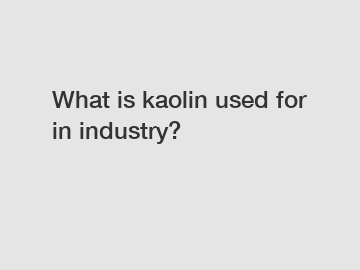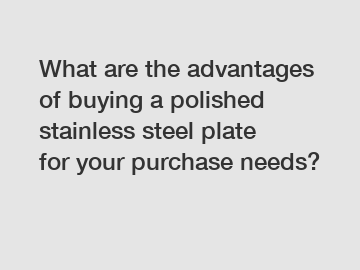Difference Between Graphene And Graphite
Graphene and graphite are both forms of carbon, but they have distinct structures and properties.
Structure:
Graphene: It is a single layer of carbon atoms arranged in a hexagonal lattice. Each carbon atom is bonded to three others in a two-dimensional plane.
Graphite: It consists of multiple layers of graphene stacked on top of each other. The layers are held together by weak van der Waals forces.
Properties:
Graphene:
Exceptional conductivity: Graphene is an excellent conductor of electricity due to its unique hexagonal lattice structure.
Mechanical strength: It is incredibly strong and flexible, making it one of the strongest materials known.
Transparency: Graphene is transparent, allowing light to pass through.
Single layer: Graphene is typically a single layer, which imparts some of its unique properties.
Graphite:
Conduction: While graphite is a good conductor of electricity, it is not as efficient as graphene.
Lubrication: Graphite is often used as a lubricant because its layers can slide past each other easily.
Brittle: Graphite is relatively brittle and not as strong as graphene.
Related links:Which Design Elements Revolutionize Space Frame Structures?""When it comes to space frame structures, which design principles push boundaries?""Why are architects raving about innovative space frame s
Unlock the Brilliance: Transform Any Space with Gold Stainless Steel Sheets
Ultimate Guide: Aluminum Window Screen - The Best Solution for Bug Proofing Homes
Aluminum vs. Stainless Steel Window Screen Mesh: Unveiling the Ultimate Choice
Opacity: Unlike graphene, graphite is opaque and does not allow light to pass through.

Applications:
Graphene:
Electronics: Due to its excellent conductivity, graphene has potential applications in electronics, such as in the development of faster and more efficient transistors.
Materials science: Graphene is being explored for use in advanced materials, composites, and coatings.
Energy storage: Graphene is investigated for applications in batteries and supercapacitors.
Graphite:
Pencils: Graphite is commonly used in the "lead" of pencils.
Lubricants: Due to its slippery nature, graphite is used as a lubricant in various applications.
Crucibles: Graphite is used in the production of crucibles for high-temperature applications.
In summary, graphene and graphite differ in their structure, properties, and applications. Graphene, with its unique single-layer structure, exhibits exceptional properties that make it a focus of scientific research for various technological applications. Yida Graphite, on the other hand, is a more common material with its own set of uses, including in everyday items like pencils.
What are the advantages of using Copper Filtration Mesh for industrial applications?
How much do graphite electrodes cost?
Mastering Drilling Efficiency: Cemented Carbide Tooth Bits







